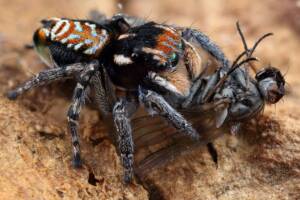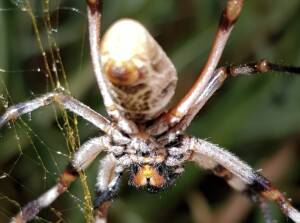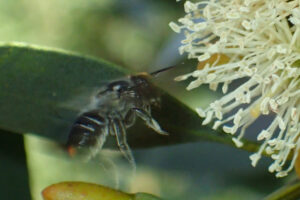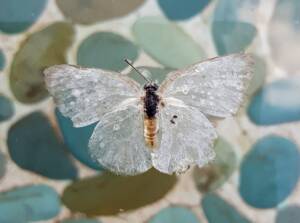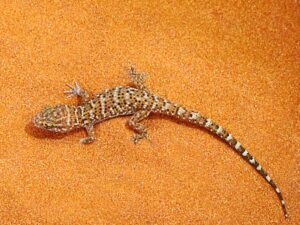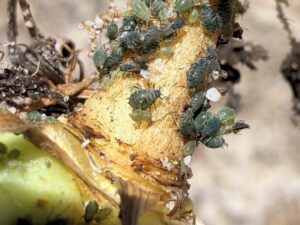Author Koh Lin ◦
The “Marsupial Mouse” is a common name to describe a small Australian mouse-like animal, that belong to the Dashyurids (family Dasyuridae, order Marsupialia).
As is sometimes the case with common names, the “Marsupial Mouse” is also used to describe another group of small Australian mouse-like animal, known commonly as “Hopping Mouse”, belonging to the Old World Mice and Rats (family Muridae, order Rodentia).
Within this order Rodentia, family Muridae, is a group known as the “Hopping Mouse”. Since European arrival, six species of hopping mouse have become extinct, with only 5 known surviving species:
- Dusky Hopping Mouse (Notomys fuscus)
- Fawn Hopping Mouse (Notomys cervinus)
- Mitchell’s Hopping Mouse (Notomys mitchellii)
- Northern Hopping Mouse (Notomys aquilo).
- Spinifex Hopping Mouse (Notomys alexis)
The Marsupial Mouse is also used to refer to the genus Antechinus (subfamily Phascogalinae). The Antechinus genus are also sometimes called ‘broad-footed marsupial mice’, ‘pouched mice’, or the ‘Antechinus shrews’. See our page on the Yellow-Footed Antechinus (Antechinus flavipes).
The genus Notomys belongs within the subclass Eutheria, order Rodentia.
The genus Antechinus belongs within the subclass Marsupialia, order Dasyuromorphia.
- Scientific classification
- Kingdom: Animalia
- Phylum: Chordata
- Subphylum: Vertebrata
- Informal: Gnathostomata
- Class: Mammalia
- Subclass: Marsupialia
- Order: Dasyuromorphia
- Superfamily: Dasyuroidea
- Family: Dasyuridae
- Subfamily: Phascogalinae
- Genus: Antechinus

- Scientific classification
- Kingdom: Animalia
- Phylum: Chordata
- Subphylum: Vertebrata
- Informal: Gnathostomata
- Class: Mammalia
- Subclass: Eutheria
- Order: Rodentia
- Family: Muridae
- Genus Group: Pseudomys Group
- Genus: Notomys
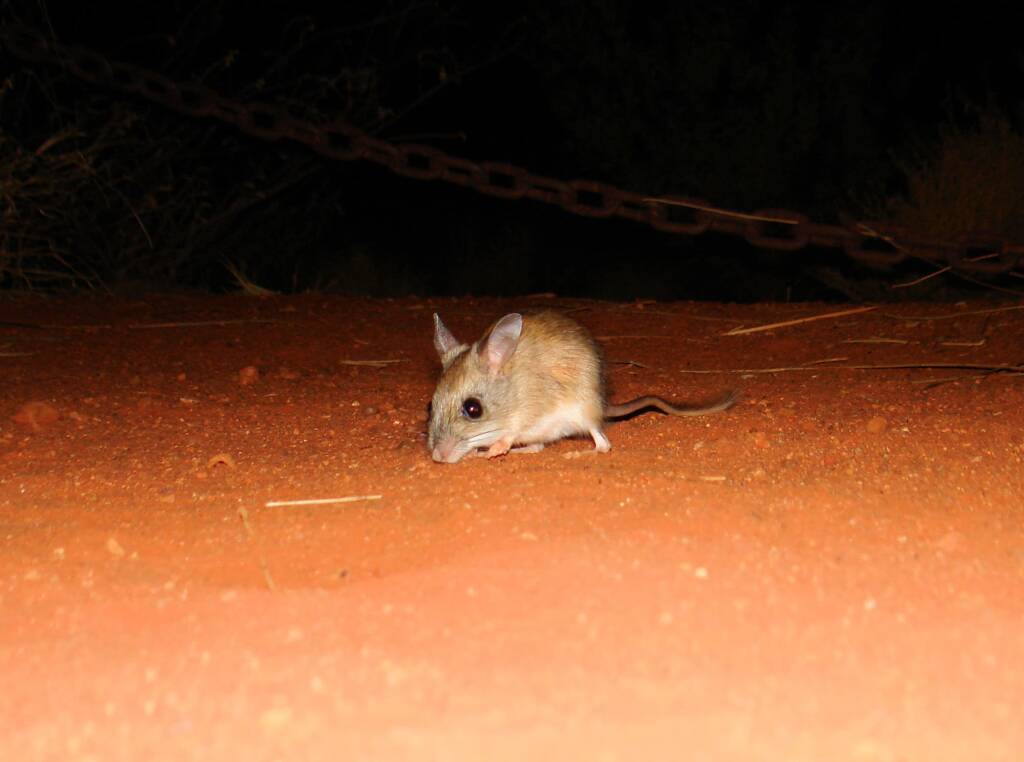
The species vary in body length from 5 to 22 cm, all have tails, that are often brush-like, the length being as long as their bodies, with some species having longer tails. The colour of the coat between species vary being grey, buff, or brown (with a few species that are speckled). All marsupial mice are predatory, most are nocturnal. The Spinifex Hopping Mouse (Notomys alexis) pictured here was seen in the evening at Uluru in Central Australia, Northern Territory.
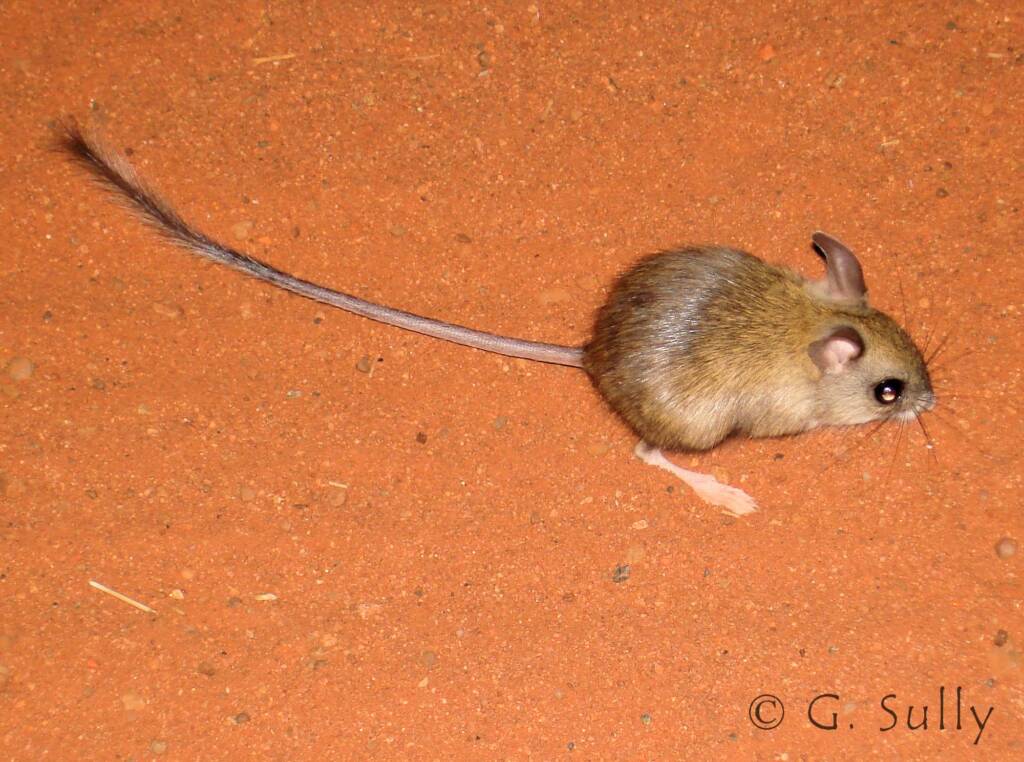
You can see the Spinifex Hopping Mouse in the Nocturnal House at the Alice Springs Desert Park.

The Spinifex Hopping Mouse (species Notomys alexis), also known by its traditional Aboriginal name Tarkawara, thrives in the red-hot arid zone of Australia, where they play an important role in maintaining the ecological balance.
“Jungunpa” refers to the “Spinifex Hopping Mouse Dreaming” or “Marsupial Mouse Dreaming” in Warlpiri culture, a significant part of higher-level initiation ceremonies for Japaljarri and Jungarrayi men.
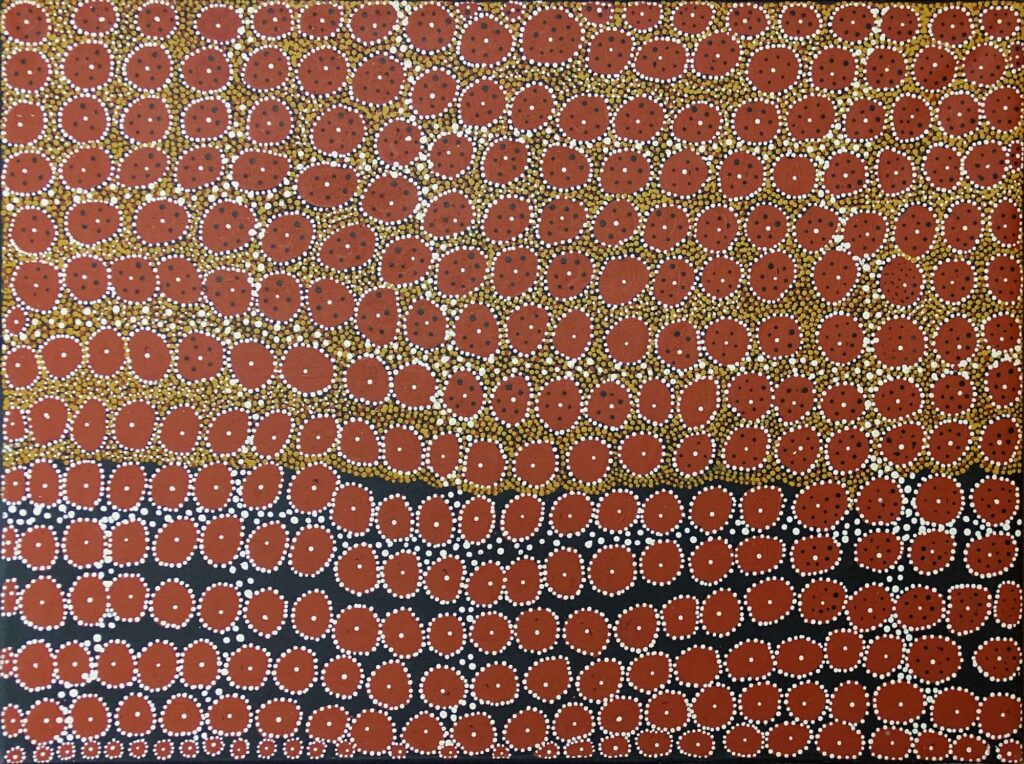
The Marsupial Mouse or Jungunpa, as it is known to the Warlpiri, is a small nocturnal mammal that lives in underground burrows, only surfacing at night to feed. It is widely sought after by Aboriginal people as a food item. In this painting the doted meandering lines represent tracks taken by the Marsupial Mouse.
Polly’s aerial perspective of the countryside reflects the full diversity of the surrounding landscape – rocky outcrops, spinifex grass and wild flowers. The innumerable dots of the background overlaid by the clusters of white dots give the impression of looking from the galaxy, at both earth and sky united.
Mount Doreen, approximately 350 km north west of Alice Springs, is one of the main sites associated with the Jungunpa Dreaming. It is also the artist’s place of birth.
The custodians of this Dreaming and site are women of the Napangardi/Napanangka skin group (aunt/niece). Still today the aunts (father’s sisters) instruct the young women in cultural/ceremonial knowledge in strict accordance with traditional law.
Source: Gallery Gondwana
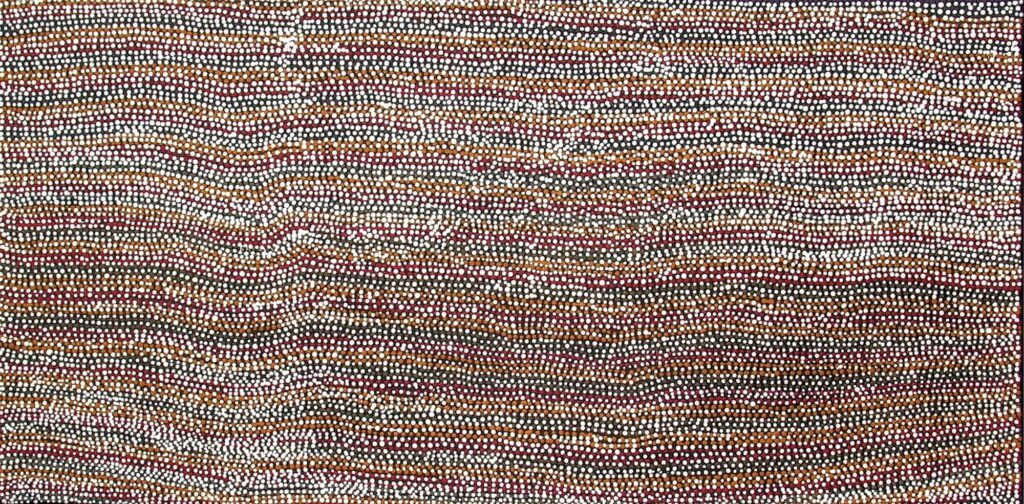
Footnote & References
- Jungunpa (Marsupial Mouse) © Gallery Gondwana, https://www.gallerygondwana.com.au/
- Marsupial Mouse by Polly Napangardi Watson (7754PW) © Gallery Gondwana, https://www.gallerygondwana.com.au/


